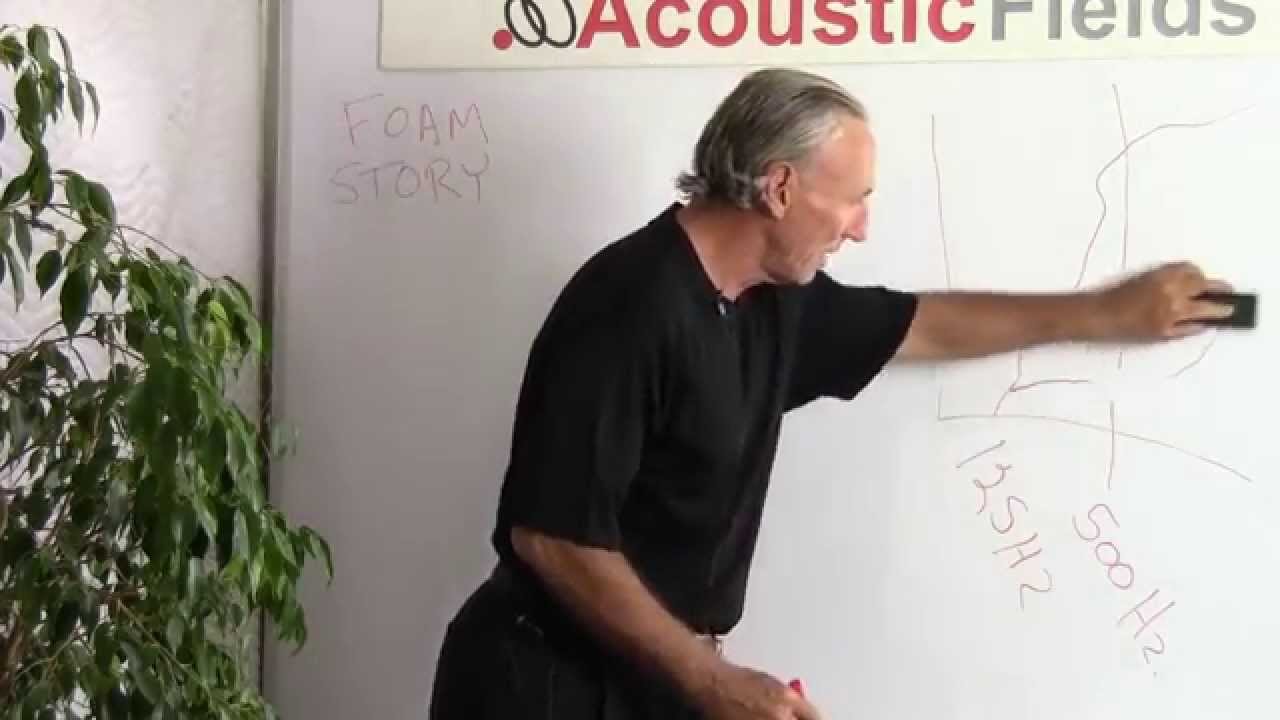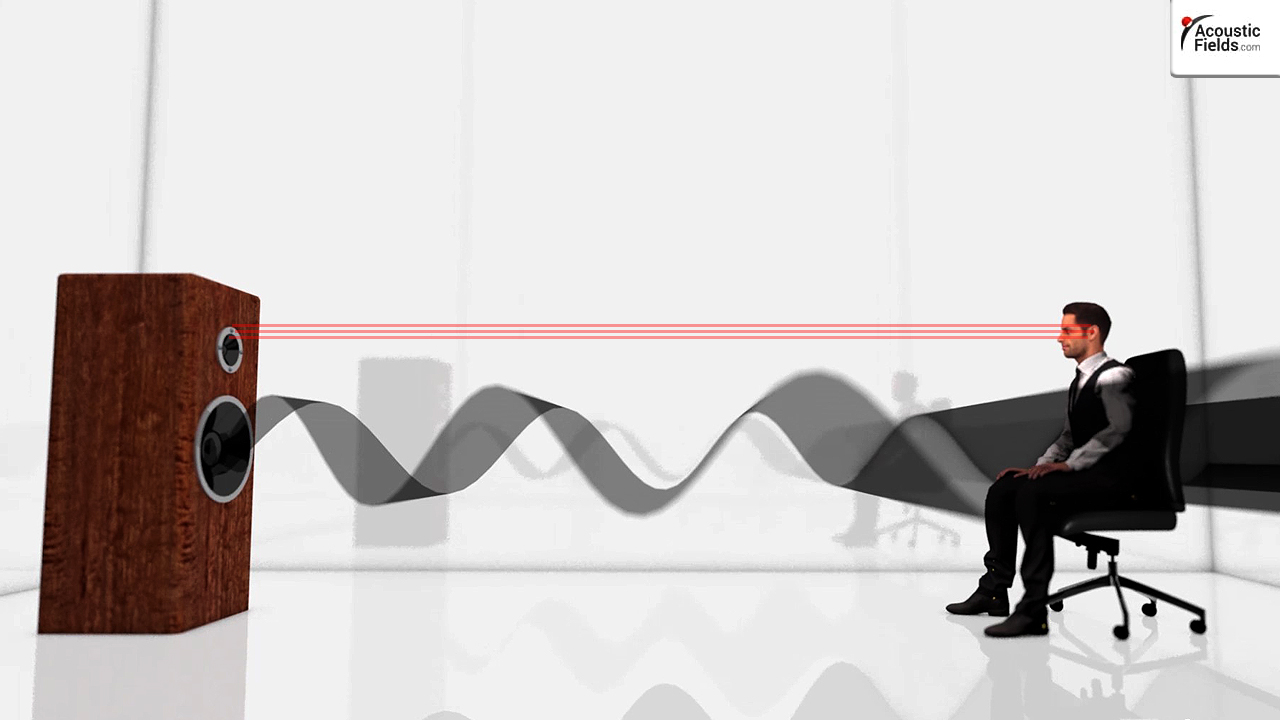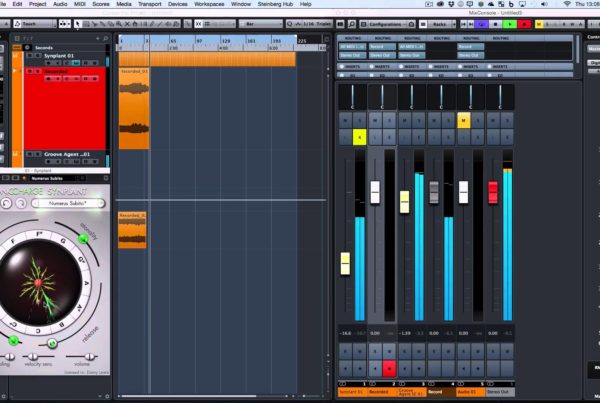Fabric wrapped acoustical wall panels are the most popular kind of acoustic wall panels. They are popular because they are easy to manufacture and can be wrapped in any fabric color. They are lightweight and economical, with many companies offering some variation on the standard fabric wrapped acoustical wall panels theme. However, there are other ways to go that will provide you, the end user, with more sound absorption flexibility and more decor matching options. Fabric wrapped acoustical wall panels are normally thin and do not provide the absorption capabilities most small room acoustical environments require. Their performance matches their price point.
Fabric Wrapped Acoustical Panels
The majority of panels that fall into this category are more concerned with price point than performance specifications. Their goal is to produce the lowest priced product they can, so you will buy more of them at that lower price point. They produce panels that are thin which will look better upon a wall but will not perform at the frequencies you need in today’s small room acoustical environments. Most do not even have any absorption data that you can compare one with the other in order to see what panel will work for your particular room. They stuff their panels with building insulation or acoustic foam.
Different Absorption Curves
In order to absorb the energy from unwanted reflections from your room wall surfaces so that the reflections do not over power the direct sound from your loudspeakers, you need to determine what rate and level of absorption required for your particular application. If you are doing voice overs, you need one set of absorption curves. Two channel monitoring in control rooms need another absorption curve with different rates and levels than that of a voice over room. If you choose the sound absorbing technology from Acoustic Fields, all of those calculations have been done for you.
Acoustic Field’s Open Celled Acoustic Foam
Acoustic Fields has developed sound absorbing technology that meets and exceeds the needs required in today’s music and voice rooms. Our open celled acoustic foam has a very unique rate and level of absorption not found in today’s open celled foam technology even if that foam is in fabric wrapped acoustical wall panels. Our proprietary foam starts lower in absorption down into the 125 Hz. range and proceeds upward at a gradual slope through 250 Hz. After 250 Hz., it then continues on through 500 Hz. which is where all foams reach 100 % absorption. Here is where the magic lies.
Critical Vocal Range
It is this 125 Hz. – 500 Hz. range that the gradual absorption curves created at Acoustic Fields really shine. This is the critical frequency range for all human vocals. It is the “mid” in mid range. This is the frequency range where all of our emotional connection to music lies. This is the frequency range that fabric wrapped acoustical wall panels do not reach to. They either provide very little absorption in this frequency range from 125 Hz. – 250 Hz. or too much and design for large amounts of absorption to absorb as much energy as they can. Absorbing acoustical energy is in essence destroying it by changing it into another energy form, namely heat the end result of friction produced by sound energy.
This video explains why we targeted the smooth absorption curve we achieved and what that then does for your vocals and music that is so unique.
Choose Performance Over Price
Don’t be led into believing that all fabric wrapped acoustical wall panels are created equal, most are not. First determine what you sound usage is going to be. Voice rooms are different from control rooms. Control rooms are different than live rooms. Find your usage and then select the proper sound absorbing technology that will compliment your usage. Fabric wrapped acoustical wall panels are all about producing absorption at the lowest price point rather than focusing on the performance points needed for your particular room usage.
You can see the Acoustic Fields Acoustic Wall Panels here.










The discussion on ductwork noise transmission from Acoustic Fields highlights crucial aspects of HVAC system acoustics. The movement of air…
Great build plans. thank you Denis
You must use absorption. Never place a chair against a wall.
A friend and I built several diffusors using these plans and they turned out absolutely beautiful. Very good instructions and…